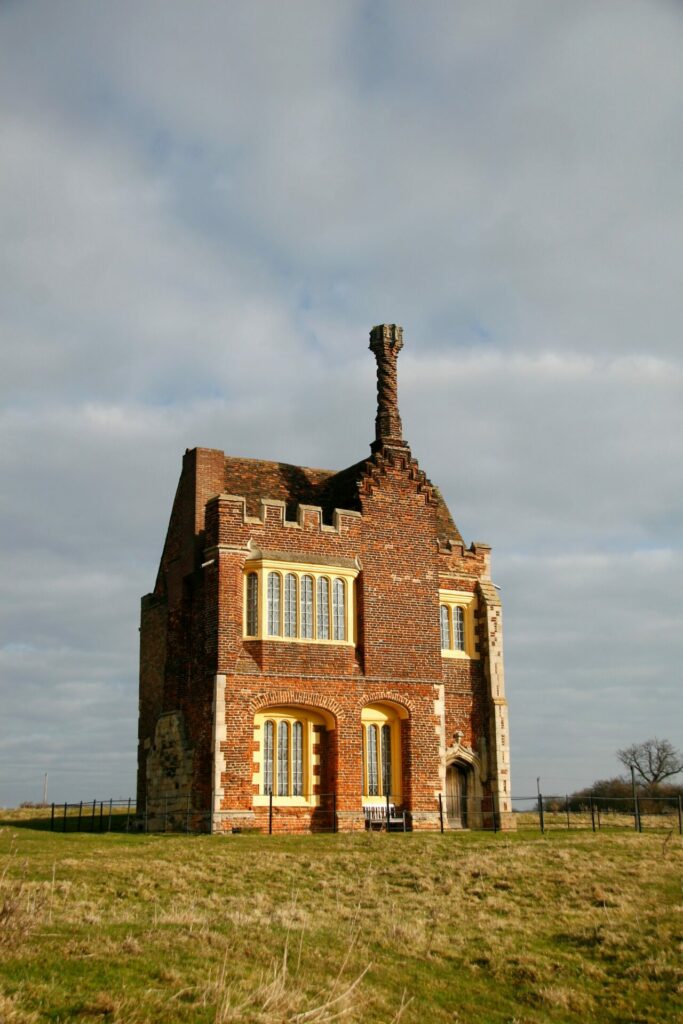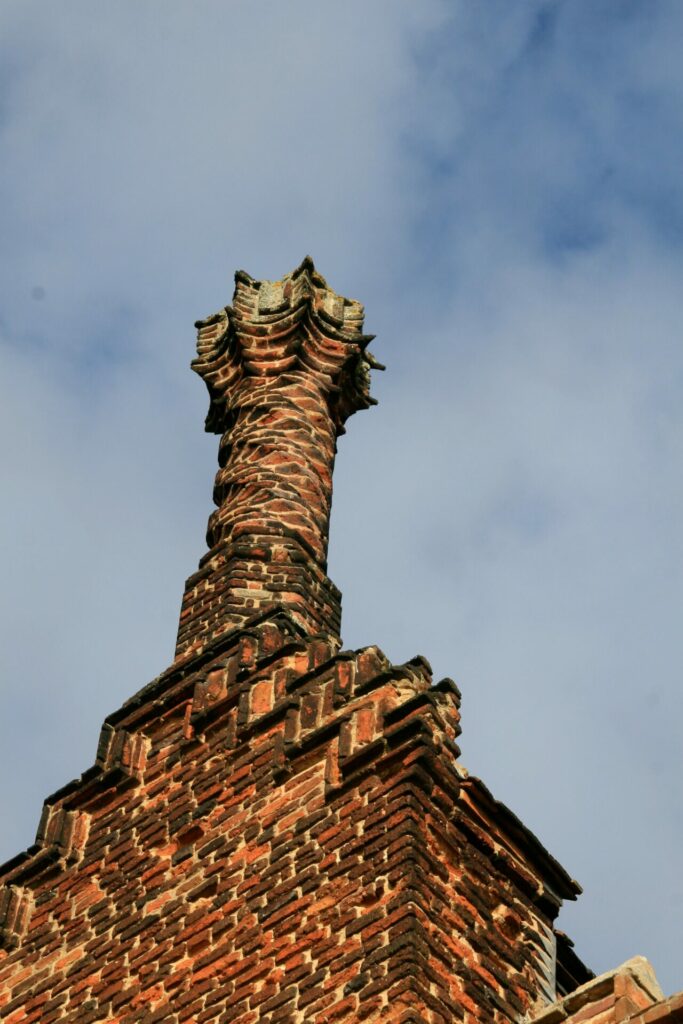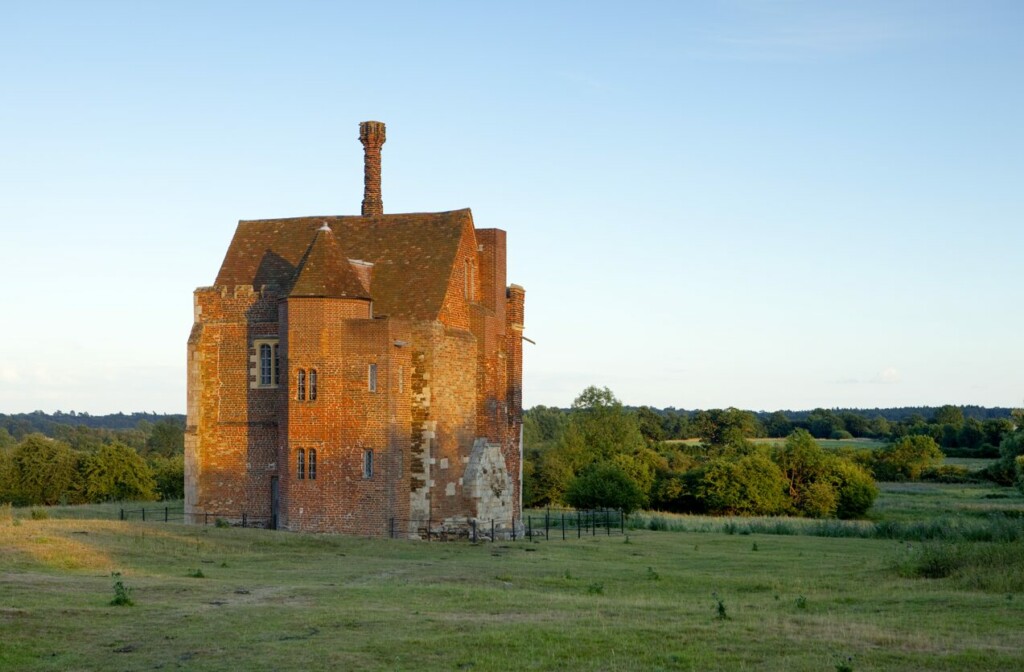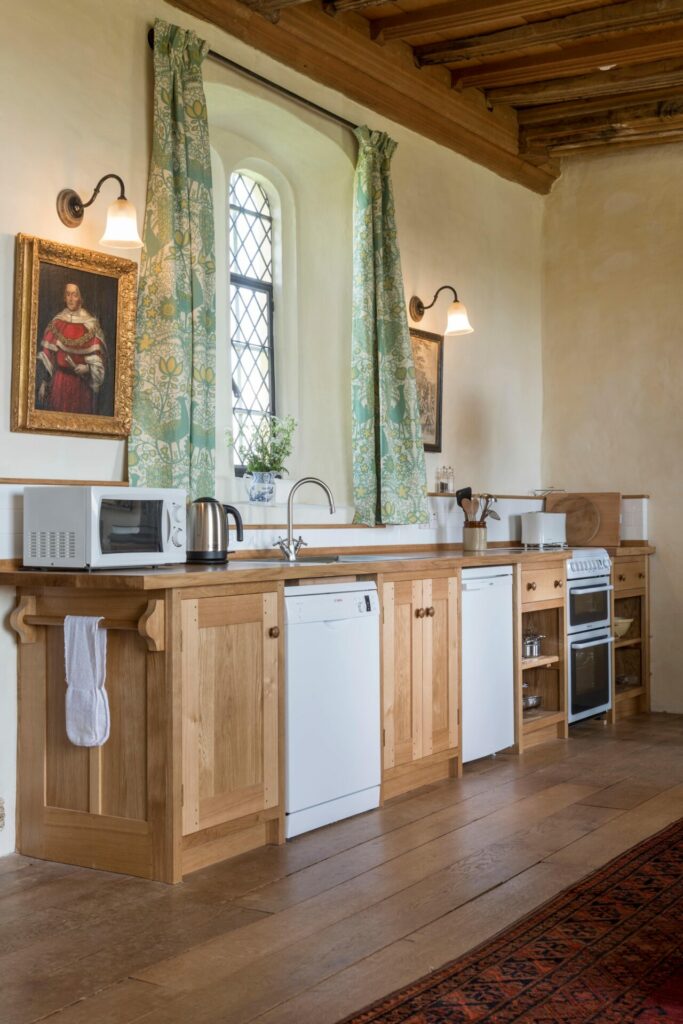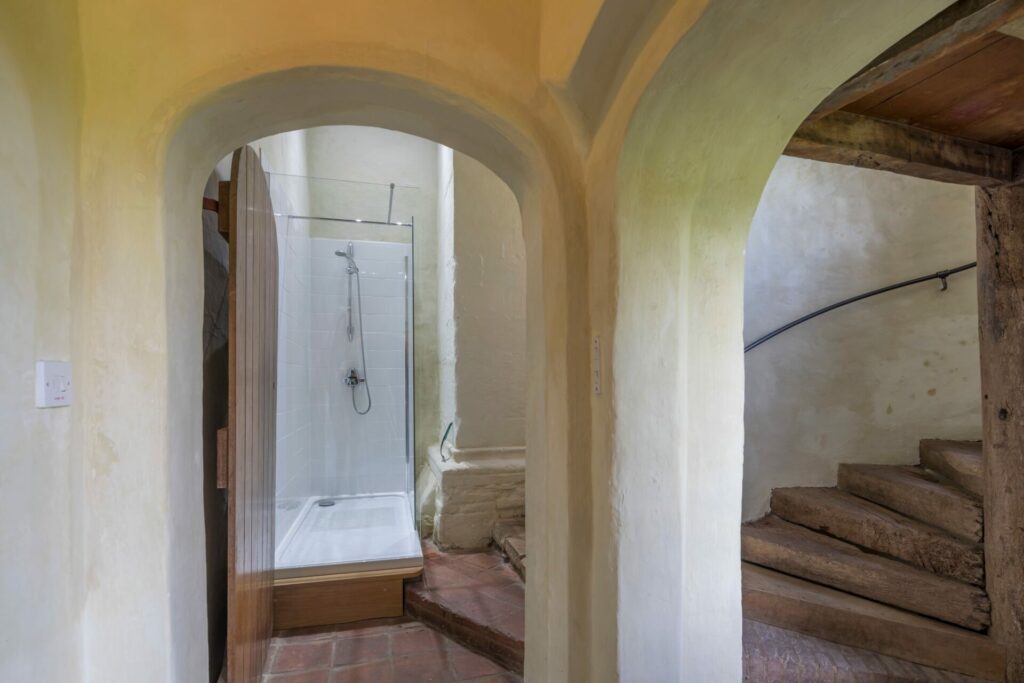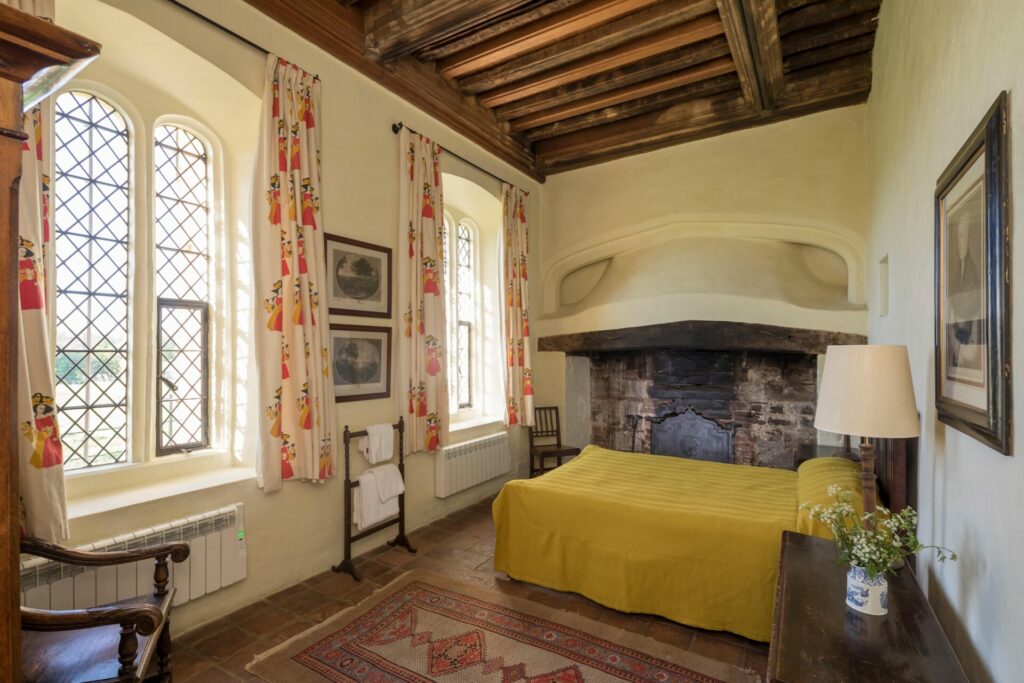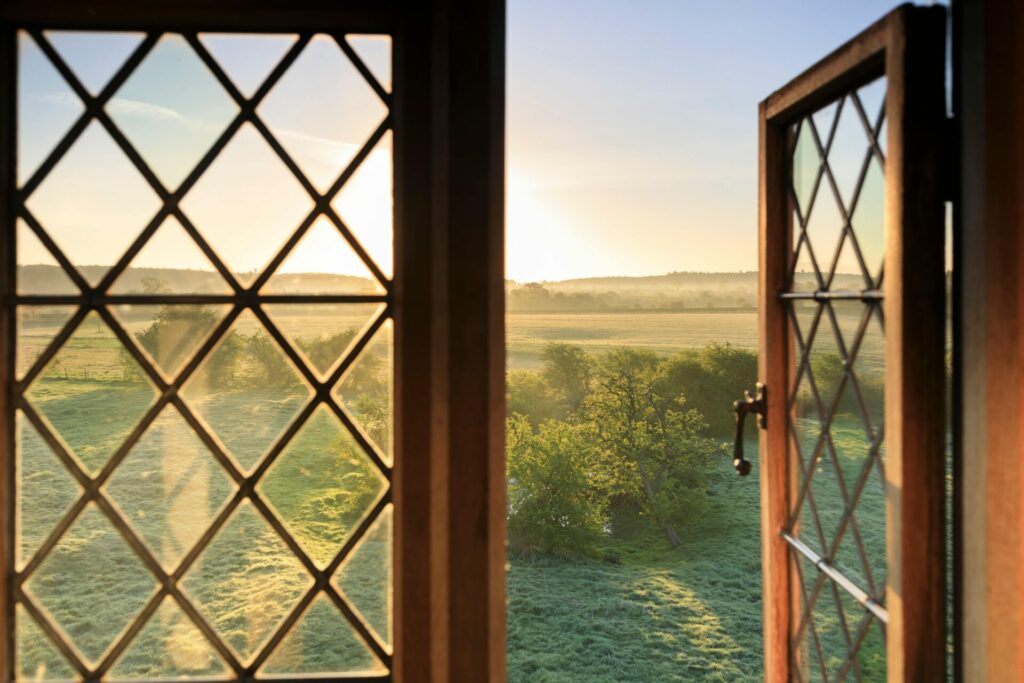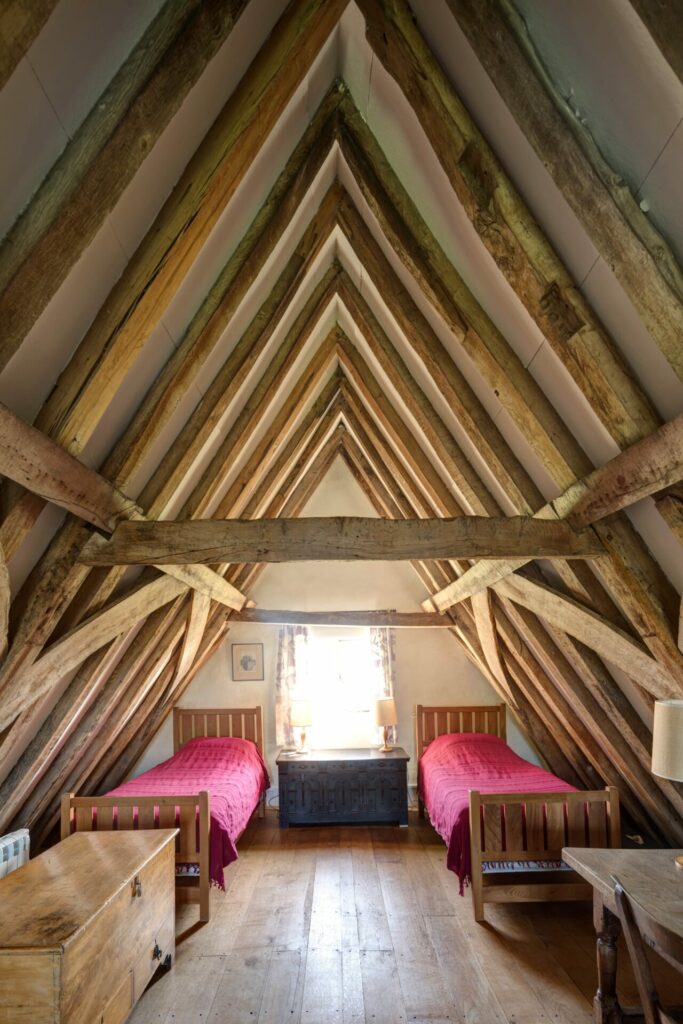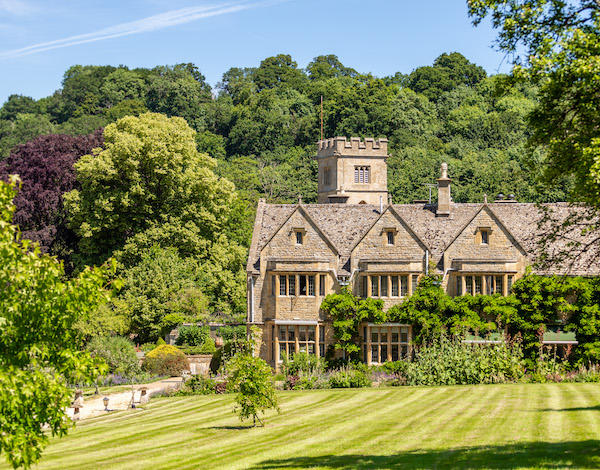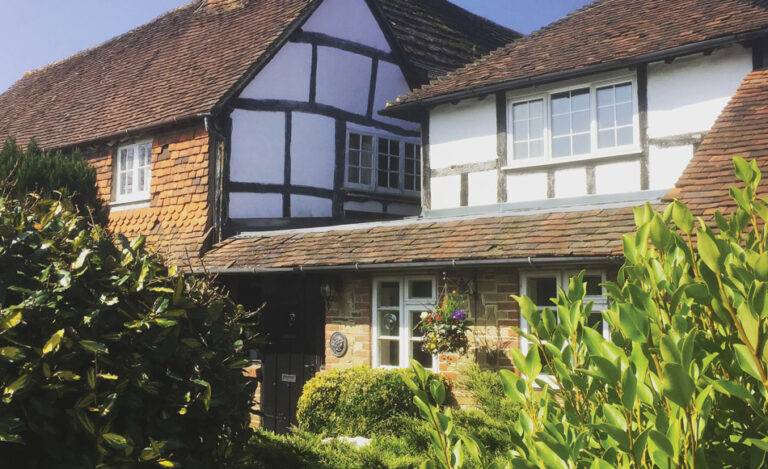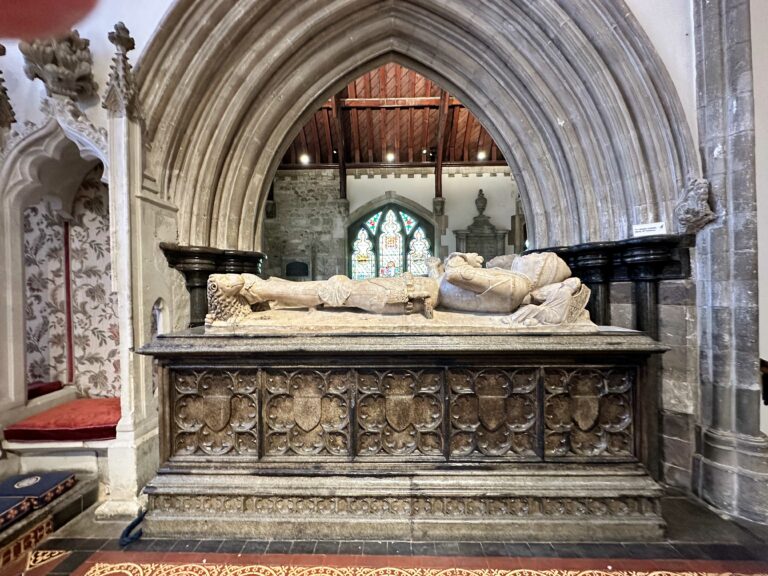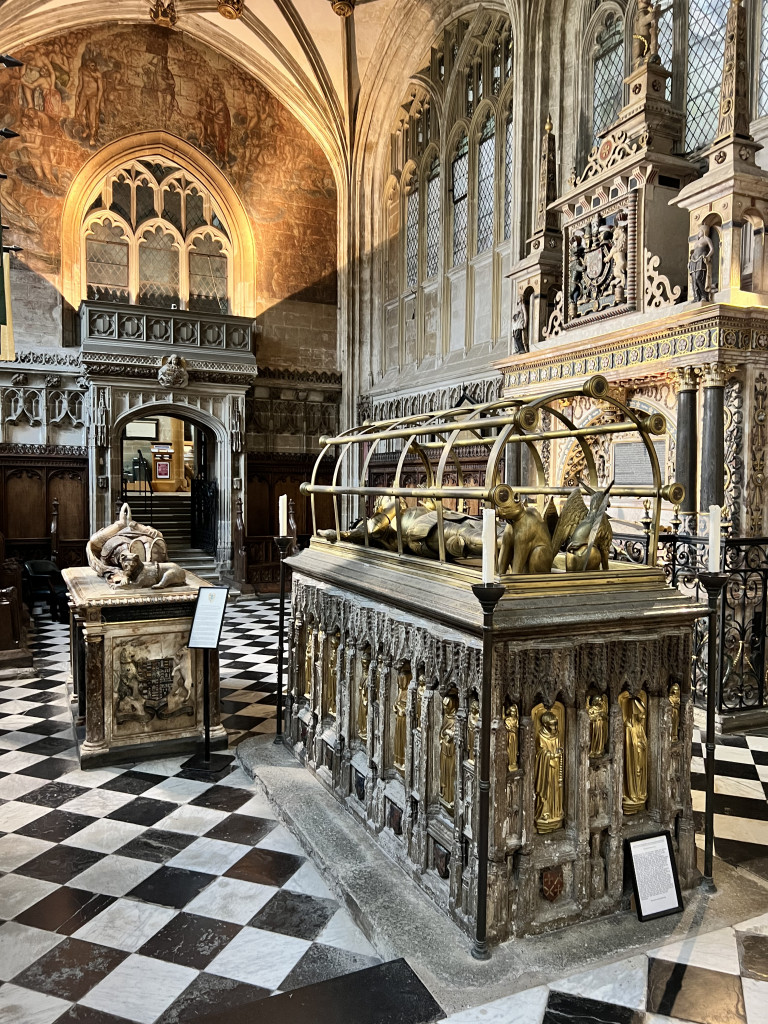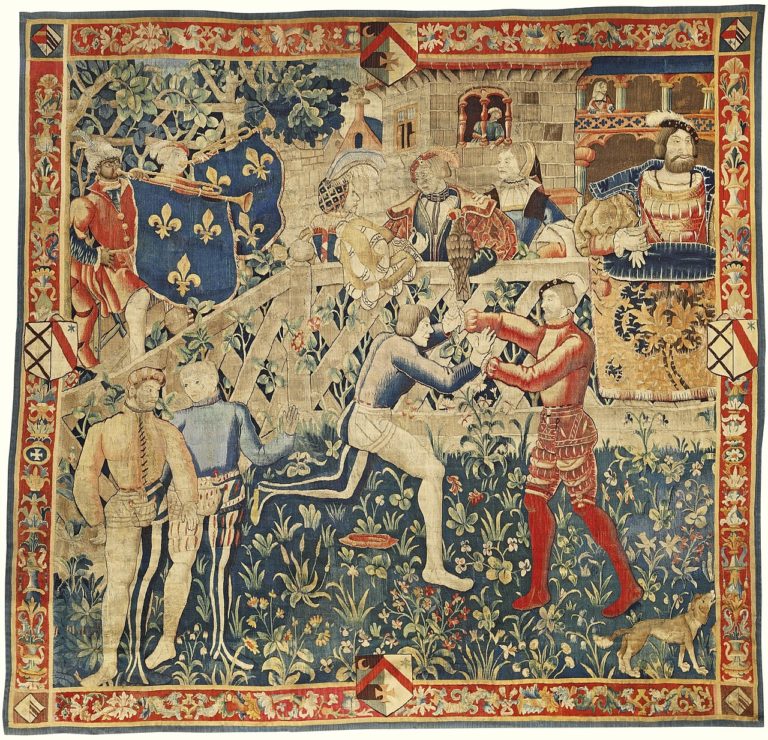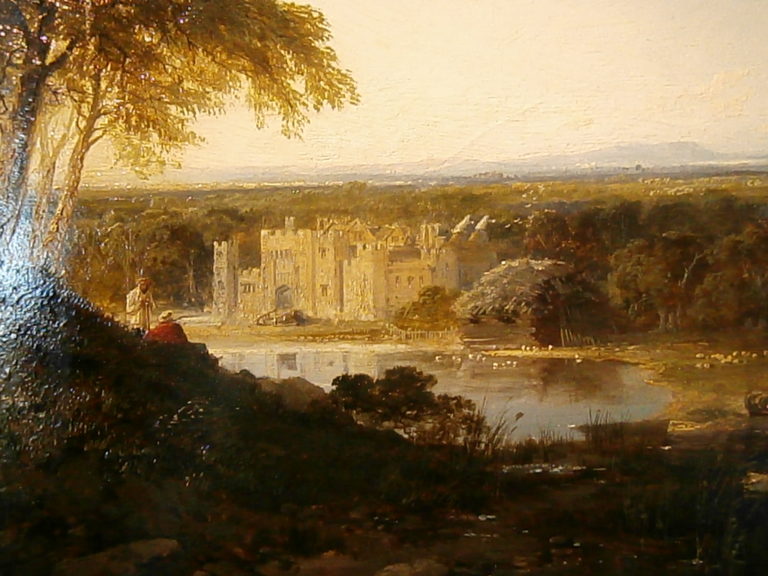Warden Abbey, Bedfordshire
A Brief Introduction To Warden Abbey
Cover image courtesy of The Landmark Trust.
Founded in 1135 by Walter Espec, Warden Abbey was established as a Cistercian monastery and a daughter house to Rievaulx Abbey in Yorkshire. The Cistercians were great sheep farmers, turning marginal or rough grazing land to productive use. This seems to have been true of Warden, which was also called St Mary de Sartis, meaning ‘of the cleared land’. The abbey thrived, becoming one of England’s prominent monastic institutions.
It was here that the Warden pear was cultivated. A small pear used for cooking, it gave rise to the Warden pie which is thought to have inspired the term “wardon pie,” mentioned in Shakespeare’s The Winter’s Tale. Hot Warden Pies were still sold in Bedford in the nineteenth century. The abbey’s seal bore three pears surrounding a crozier.
In 1537, during Henry VIII’s Dissolution of the Monasteries, Warden Abbey was disbanded and its lands were sold. Around 1790, the main part of the Tudor house was demolished, leaving only a short wing – the building known today as Warden Abbey. Today, only a fragment of the Tudor-era Warden Abbey remains, preserved and available for holiday stays through The Landmark Trust.
Images with kind permission from The Landmark Trust.
Stay At Warden Abbey
The accommodation sleeps up to five guests and features one double room and one triple room, making it ideal for families or small groups. The downstairs includes a large principal room with an open fireplace. The property is dog-friendly, has on-site parking and includes a fully equipped kitchen, bath and shower facilities.
Warden Abbey sits in a peaceful meadow setting and is next to the Warden Abbey Vineyard, a community-run initiative that continues the site’s long tradition of winemaking. Visitors can explore the vineyard, take part in guided tours, sample award-winning English wines, or even volunteer with the project.
Images with kind permission from The Landmark Trust.
Historic Properties Nearby
If you stay in Old Warden, you must visit St Leonard’s Church. During the course of my research into the early life of Anne of Cleves for In the Footsteps of the Six Wives, I came across a chance mention of a set of carved, oak panels, currently in situ in St Leonard’s Church – find out more here.
Other Tudor places of interest:
Buckden Towers (15 miles)
Kimbolton Castle (18 miles)
Hatfield House (40 miles)
While in the area, you might also enjoy:
Shuttleworth House
Luton Hoo Estate
Knebworth House
Visitor Information
For more details on the accommodation, visit Warden Abbey’s website here.
Contact Details: Book using the form here.
Address: Warden Abbey, Old Warden, Biggleswade, SG18 9LS.

